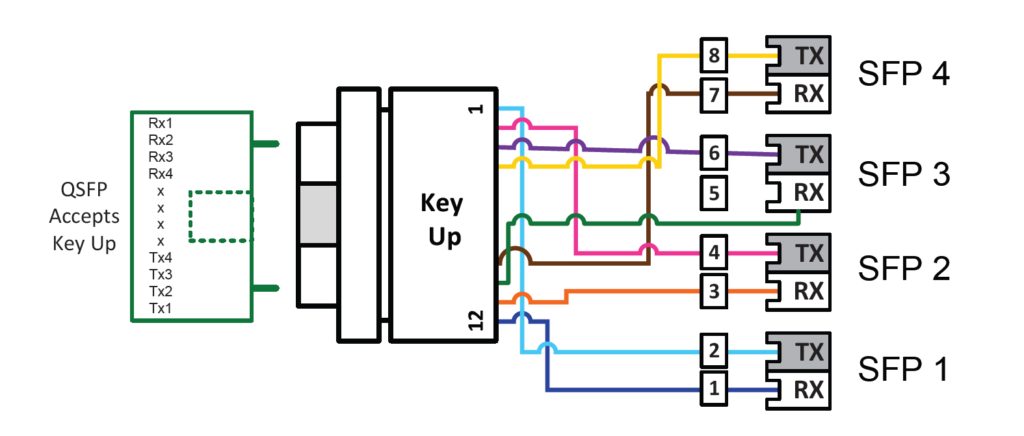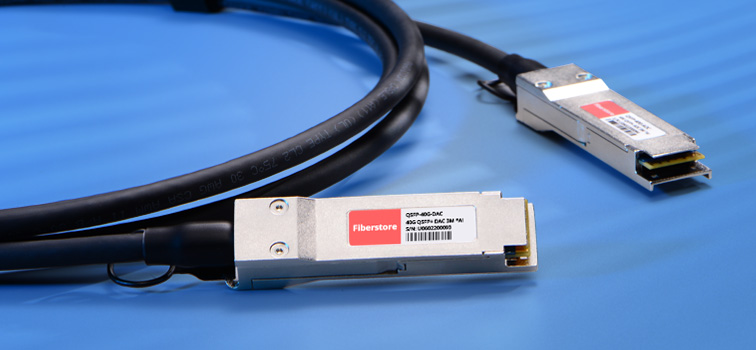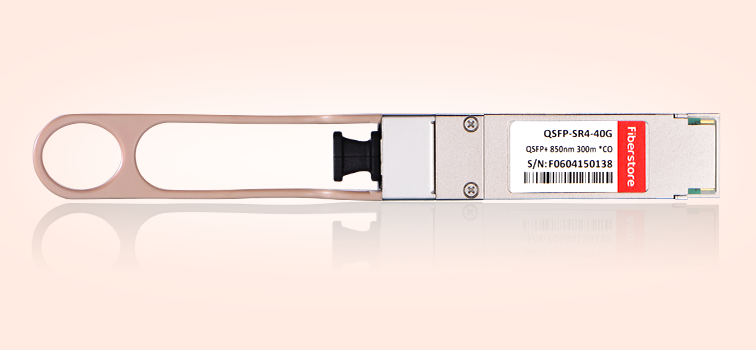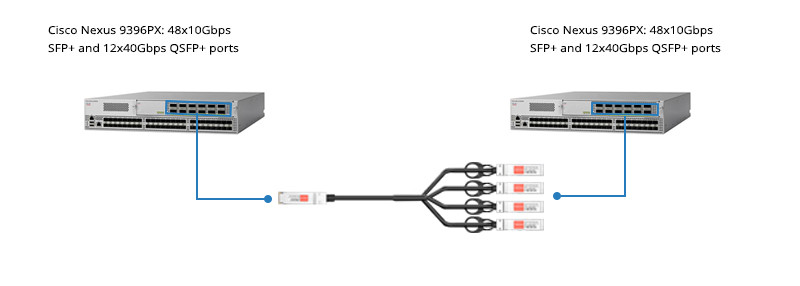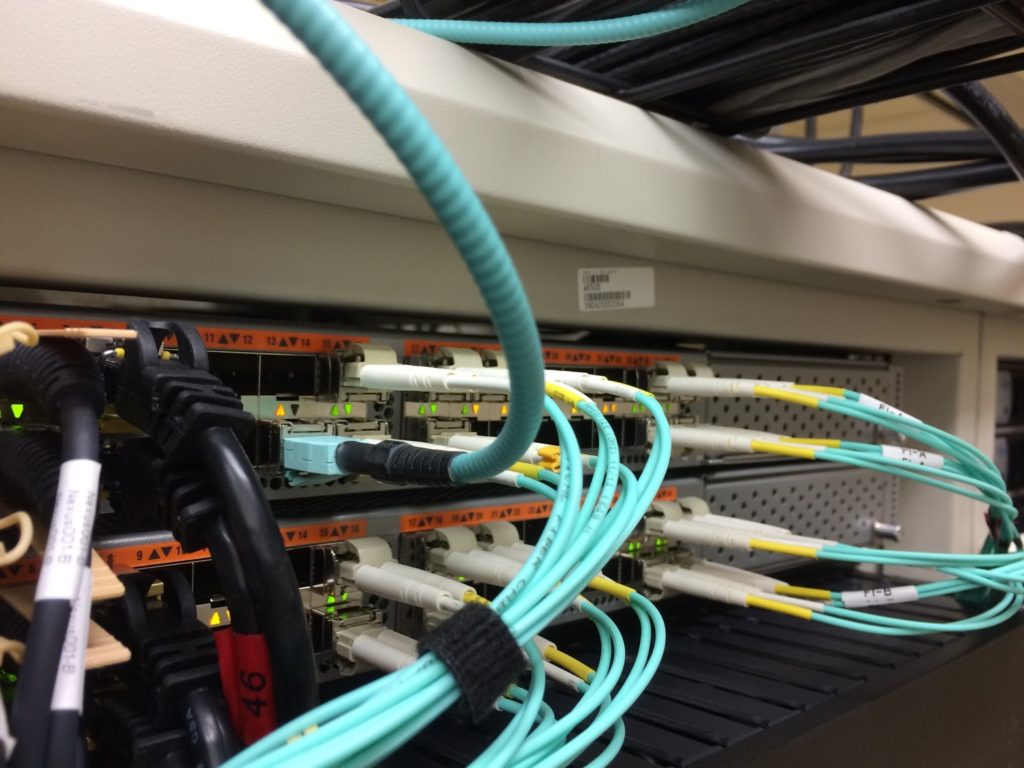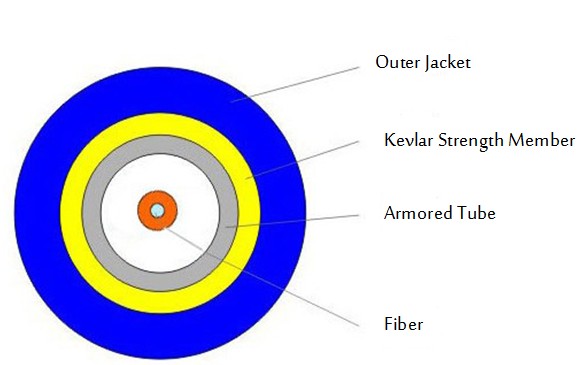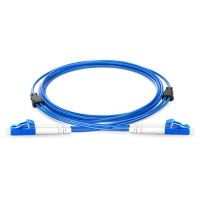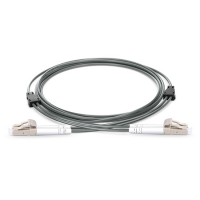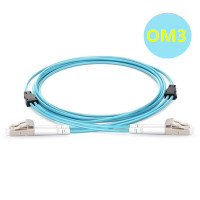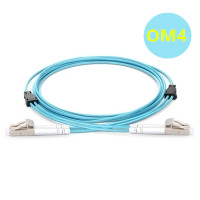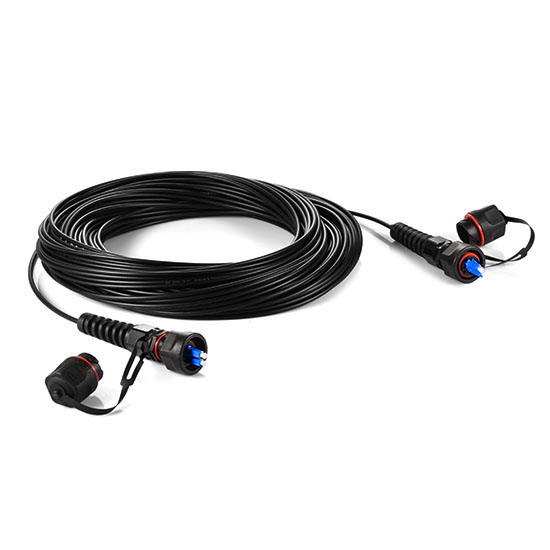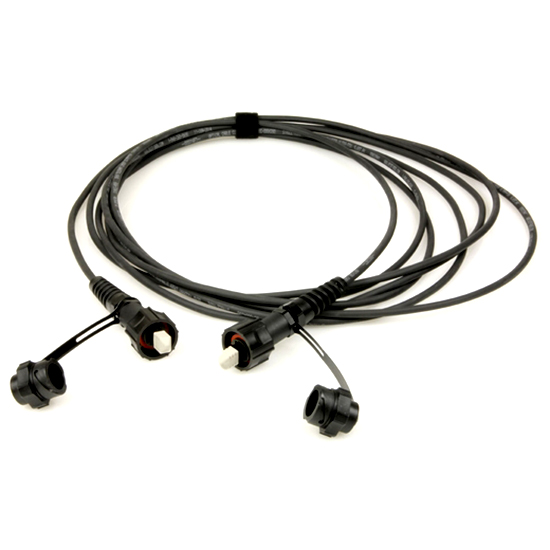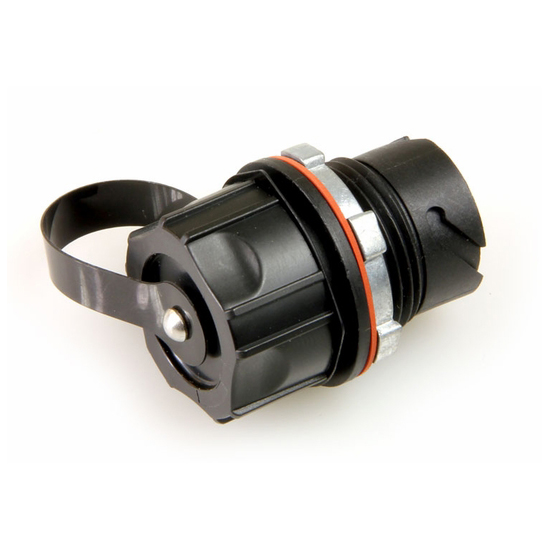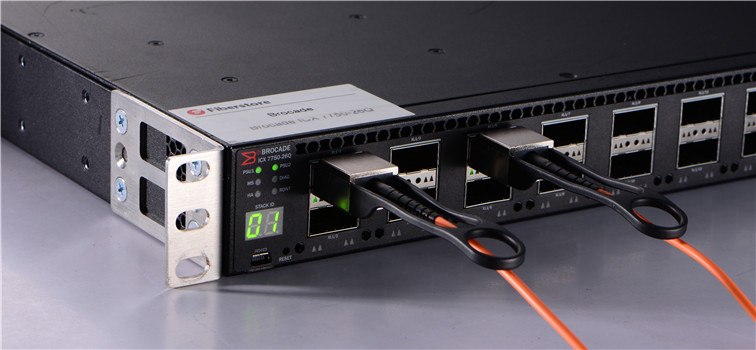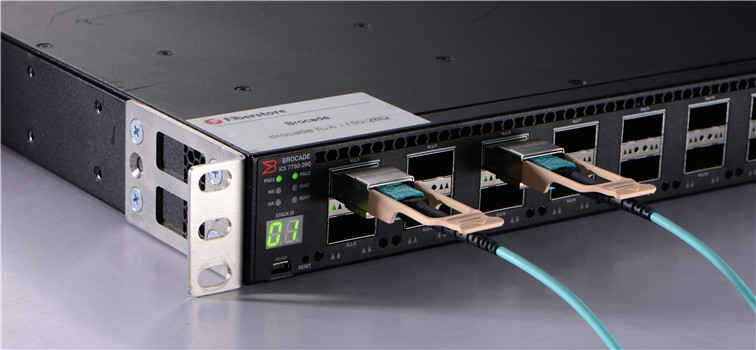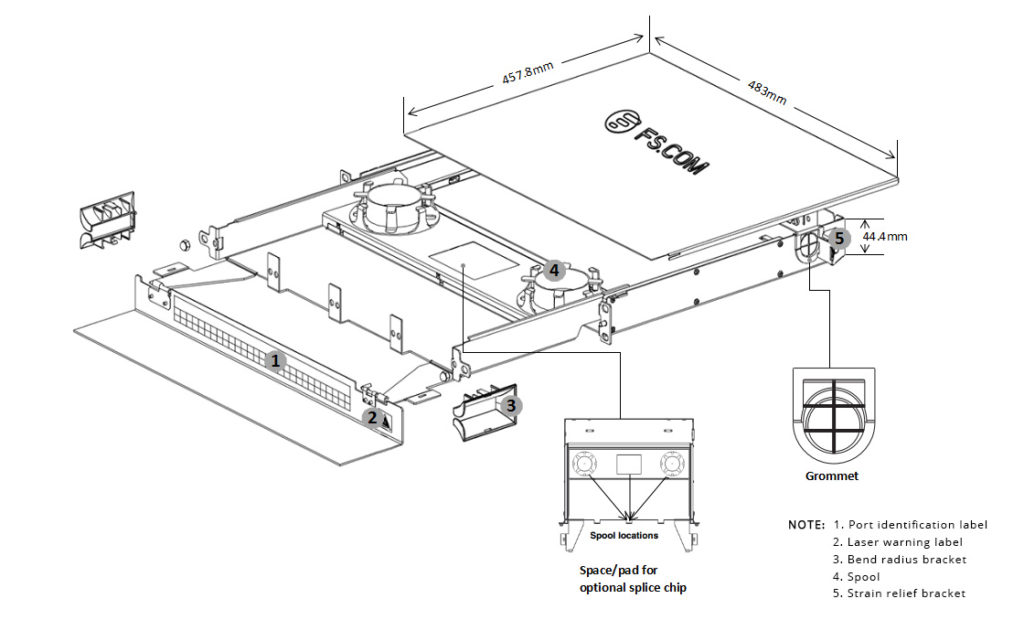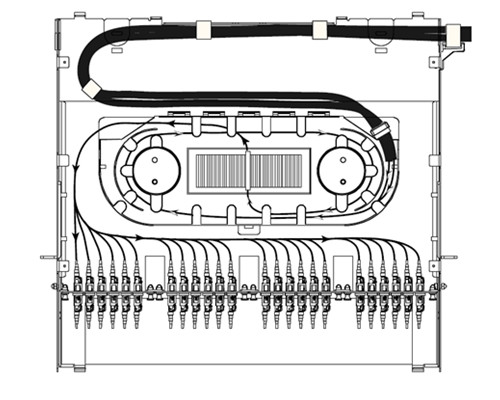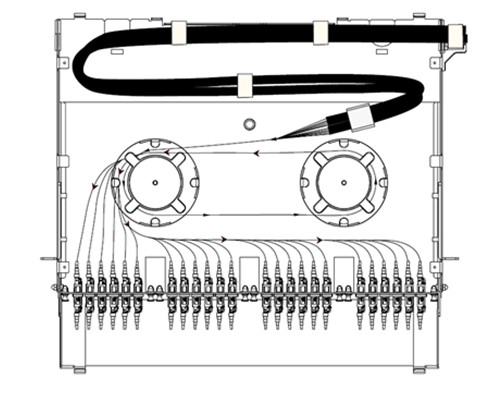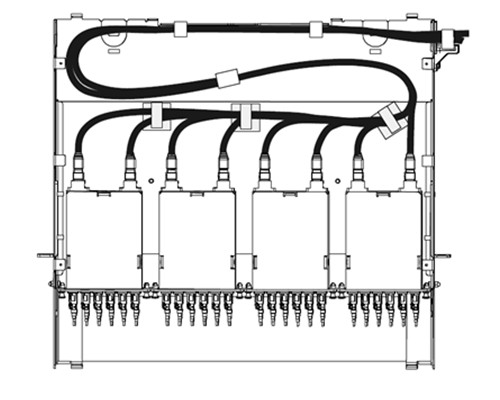Armored fiber cable with build-in metal armor can provide stronger protection of the optical fibers than standards fiber optic cables. It can protect the optical fibers from rodent, oil, impact, etc. What’s more, some armored fiber can provide maximum bend radius. However, various types of armored fiber cables usually make customers confused. There are too many specific details to consider during selection, like fiber counts, jacket type, structure of the armored fiber cable, etc. This post is offering the details about how to select the right armored fiber cable.
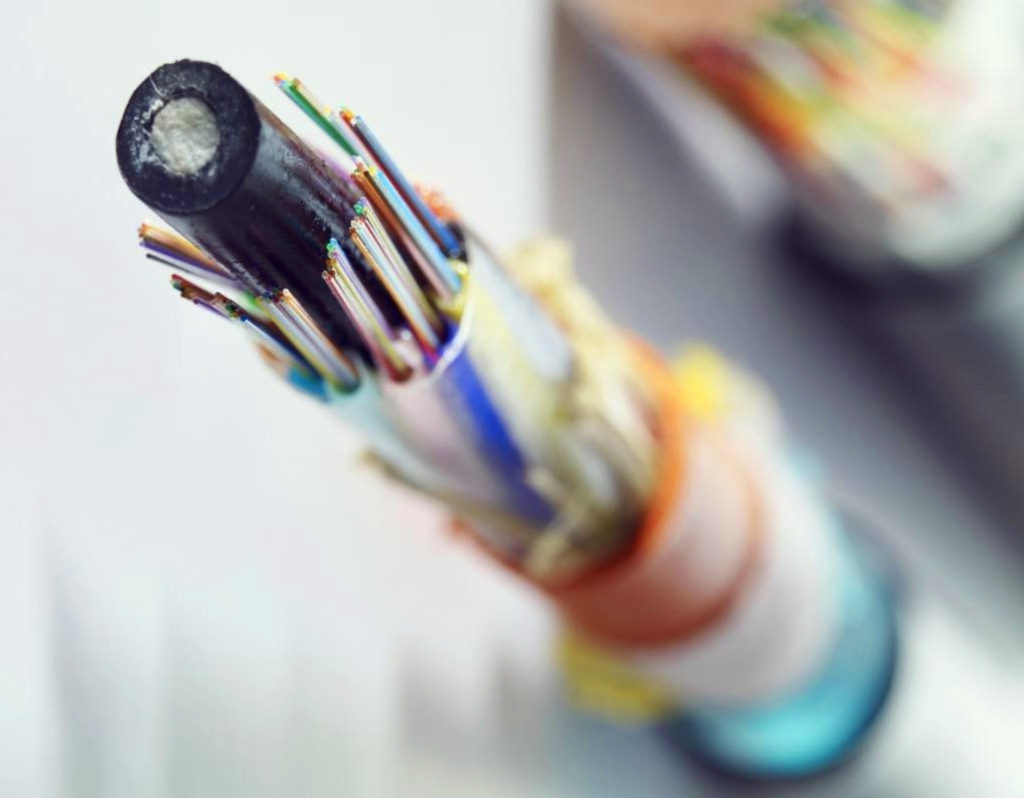
Structures of armored fiber optic cables come in a variety of types according to different applications. There are mainly three types of armored fiber cable: indoor armored fiber cable, outdoor armored fiber cable and indoor/outdoor armored fiber cable. Each of the three armored fiber cables has various subcategories. The structures of the three types of armored fiber optic cable are different from each other. Here takes the example of an indoor light armored fiber cable to introduce the basic structure of armored fiber cables.
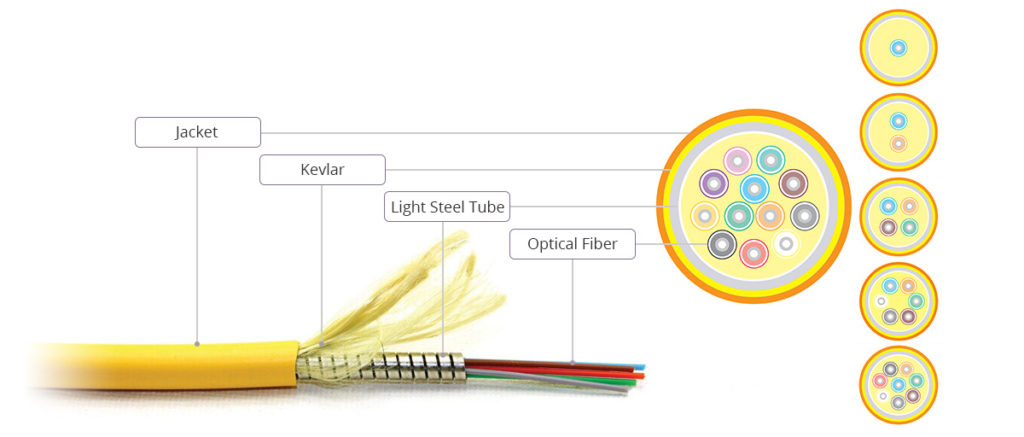
As shown in the above picture, the optical fibers of the armored fiber cable are in the center of the cable covered by metal armor. The metal armor is covered by Kevlar firstly, then by the outer jacket. This is usually the most basic structure of armored fiber cables. For different applications, the structure will change accordingly. Watch the video below to get more details about the basic structure of armored fiber cable and where they are used.
The selecting of armored fiber optic cable is like the selection of standard fiber cables. Fiber type (OS2, OM1, OM2, OM3, or OM4), fiber count and cable riser should all be considered. However, there is many special properties of armored fiber optic cable, the armored fiber cable selection should also consider many other factors.
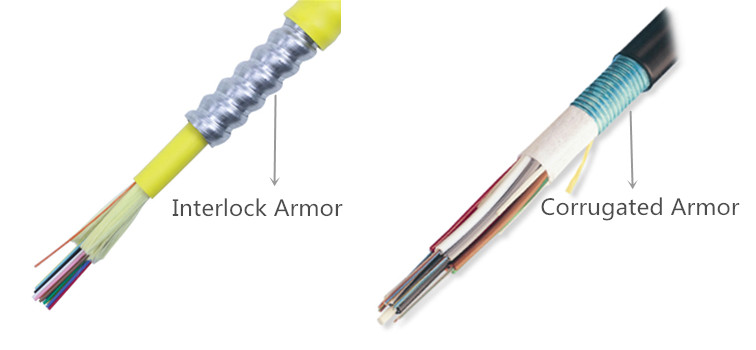
Armor Type of Armored Fiber Cables
The market can provide armored fiber cables with different types of armor tubes which are with different structures and materials. The most commonly used armor tubes are with interlock design and corrugated design as shown in the above picture. For now, the interlock armored fiber cable is very popular and being used in a lot of indoor and indoor/outdoor applications. Corrugated armored fiber cable is often used in outdoor applications. As for the materiel for armor tube, steel and aluminum are the most commonly used. Now light steel armored fiber cables are being widely used in a lot of indoor applications, because of its lower weight and flexible properties.
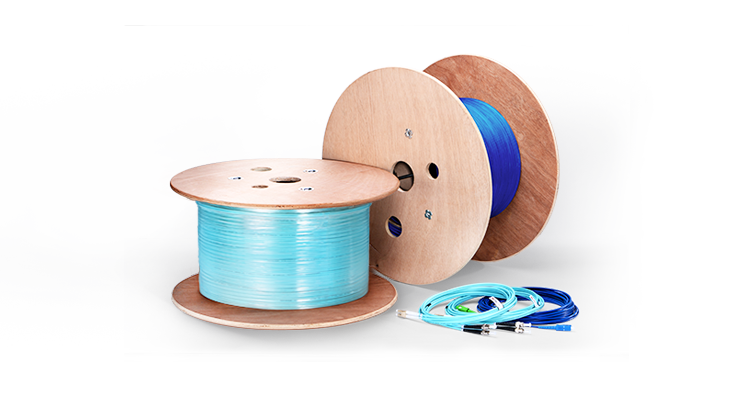
Pre-Terminated or Field-Terminated Armored Fiber Cables
As there is a strong metal armored tube inside the armored fiber cable, the termination of armored fiber cable is difficult than that of standard fiber optic cables. In some applications, field-terminated armored fiber cable is better in outdoor applications. While, to save time and ensure transmission quality, many installers will choose pre-terminated armored fiber cables for indoor applications. The pre-terminated armored fiber cables provided by the market are mainly armored fiber patch cable and armored fiber trunk cable. The former looks like the standard fiber patch cable, but it is stronger than the traditional fiber patch cable and is more flexible during cable for it can provide larger bend radius. Pre-terminated armored fiber trunk cable is a length of armored fiber cable with several legs on each ends terminated with fiber optic connectors.
Armored fiber cable is a cost-effective solution for fiber optic link protection. During the selection of the armored fiber cable, except fiber count, fiber type and cable riser, the armored type, cable structure and termination types should also be considered. If you are looking for more information about fiber cable for harsh cabling environment, you can visit another article: Fiber Patch Cables for Harsh Environment.
Related Article: What is Armored Fiber Cable?

